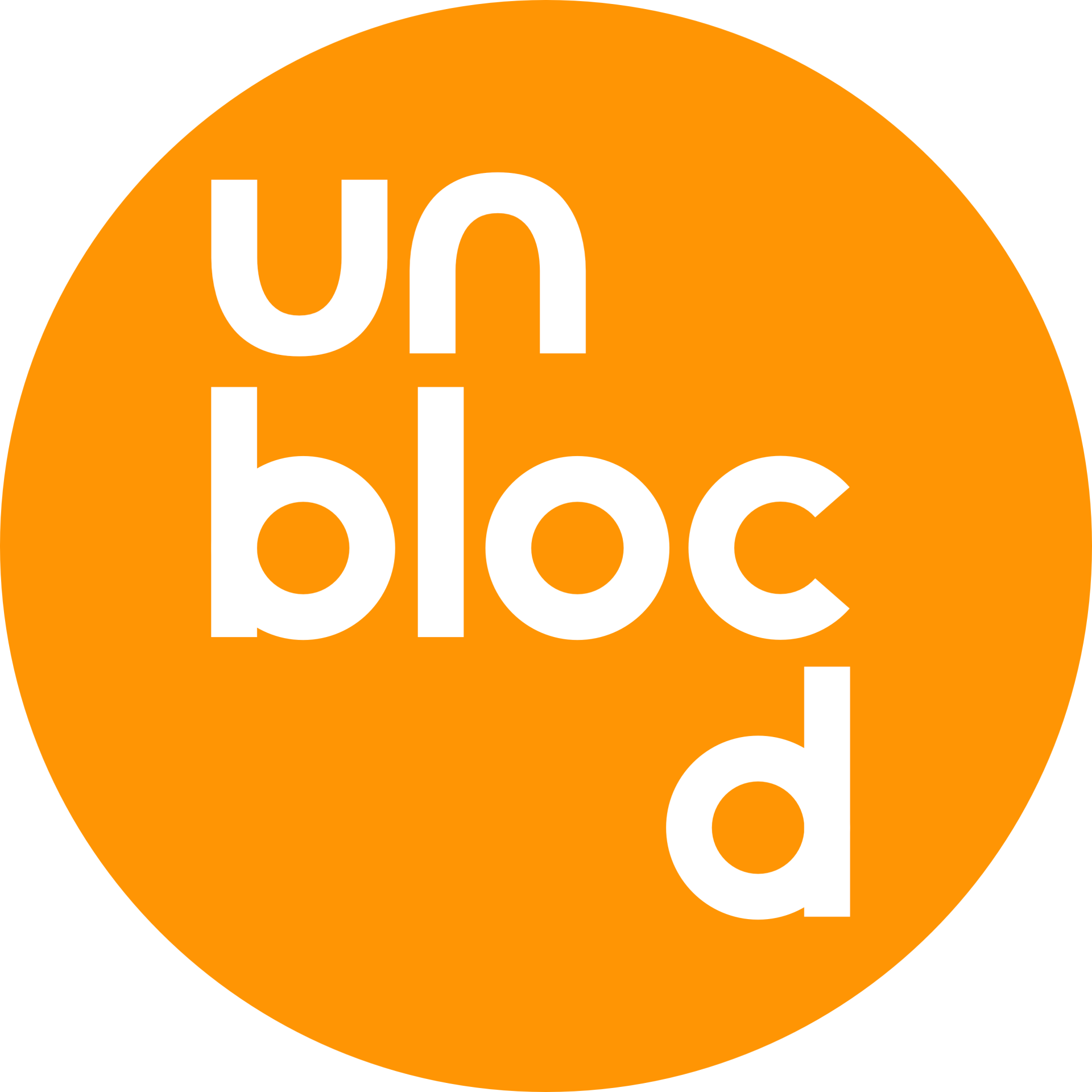
Climbing Injury Recovery: How to Handle the Emotional Ups and Downs
You might feel frustrated, anxious, joy or even anger. These emotional ups and downs can catch you off guard and many climbers don't realize how this part of the recovery can affect them.
In this blog, we'll explore the emotional side of injury. You will find practical tools to manage tough emotions, to regulate the ups and downs and to support yourself during hard days. If recovery feels heavier than expected, this is the place to start making sense of it.
The First Reactions: What You Might Be Feeling
The First Shifts: The Diagnosis
Rehab Gets Messy — Emotionally, Too
Rehabilitation may lead to mood fluctuations
The Hardest Move: Returning After Injury
Returning to climbing often is a weird mix of seemingly contrary emotions such as excitement and anxiety. You might have experienced some of the following feelings and thoughts yourself:
The Thrill of Returning to the Wall
The Return Jitters
"I am really excited to go back, to have fun and see what I can do!"
"I'm anxious to be back, a little nervous to jump back into it"
- Excitement and joy for return.
- Feeling stronger after going through adversity.
- Confident in the recovery and the hard work during rehab.
- Anxiety about re-injury.
- Cautious when returning to climb.
- Insecurities about the ability to return to sport or what others think of you if you cannot climb "at your level".
Managing Emotion: The RULER Approach
Managing your emotions can help reduce the impact of injury. An important part of managing your emotions is to notice and understand your emotions. That's where the RULER approach comes in:
Mental Beta: How to Work With Your Emotions
Emotions can be intense, surprising, or just plain heavy during injury recovery. And while you can’t always change how you feel, you can choose how you respond. You might already be doing this more than you realize — like when you laugh after a frustrating fall or show up to cheer on a friend even when you're feeling low. These are examples of letting emotions be there without letting them run the show.
Here are some practical ways to work with emotions during injury recovery — not to eliminate them, but to help you keep choosing actions that align with your goals and values.
Try This: Notice the Story You're Telling Yourself
- Is this story helping me show up the way I want to right now?
- What would I do if I didn’t have to fight or fix this thought?
Try This: Shift Your Perspective
If your friend would say "I'm going backward, this is hopeless", maybe you answer something like, "This is a normal part of recovery, it's frustrating, but setbacks happen. It still makes sense to follow the rehab plan".
Try This: Make Room for the Emotion — and Then Choose What Matters
- Acknowledge the feeling (e.g. “this is hard, and I feel stuck”),
- Let it be there without judgment,
- And then gently shift your focus toward something meaningful.
What about your recovery?
- In what stage of my emotions am I?
- What tools am I using to process my emotions?
Recovery is not just about healing your body, it is also about learning, adapting, and returning stronger and more self-aware.
Oops! This Feature Isn't Available Yet.
Leave your email below and we'll notify you as soon as Unblocd goes live.

